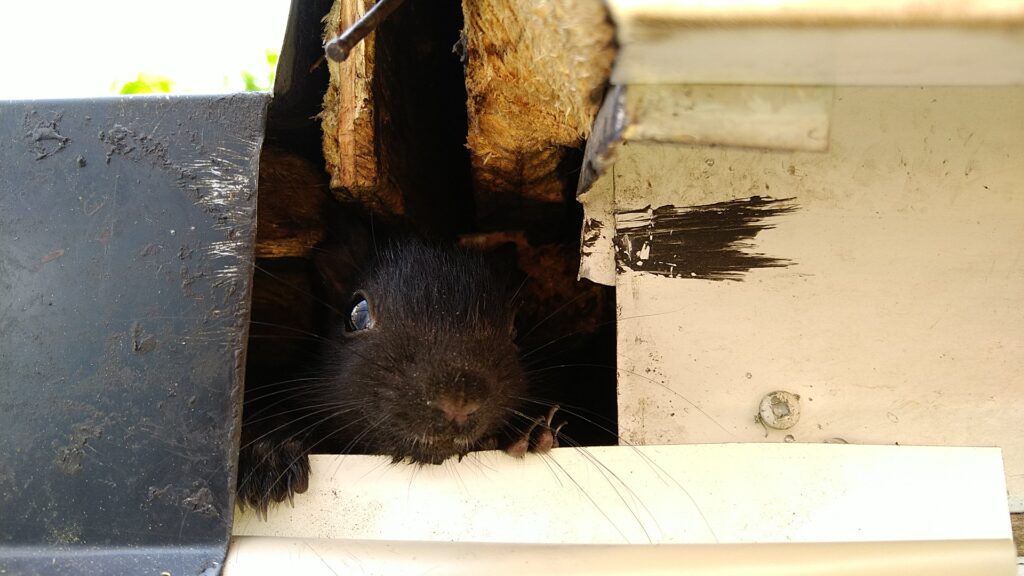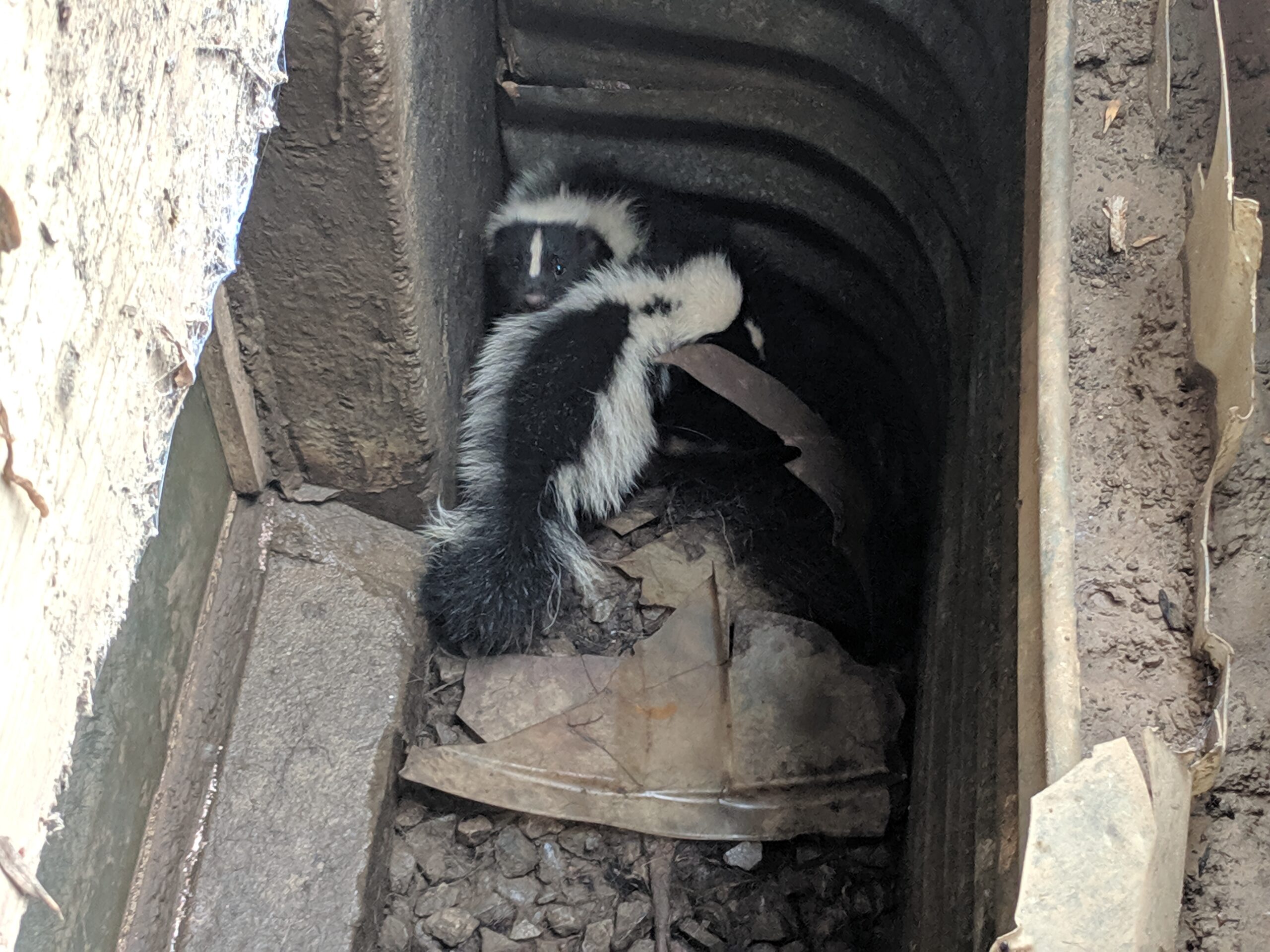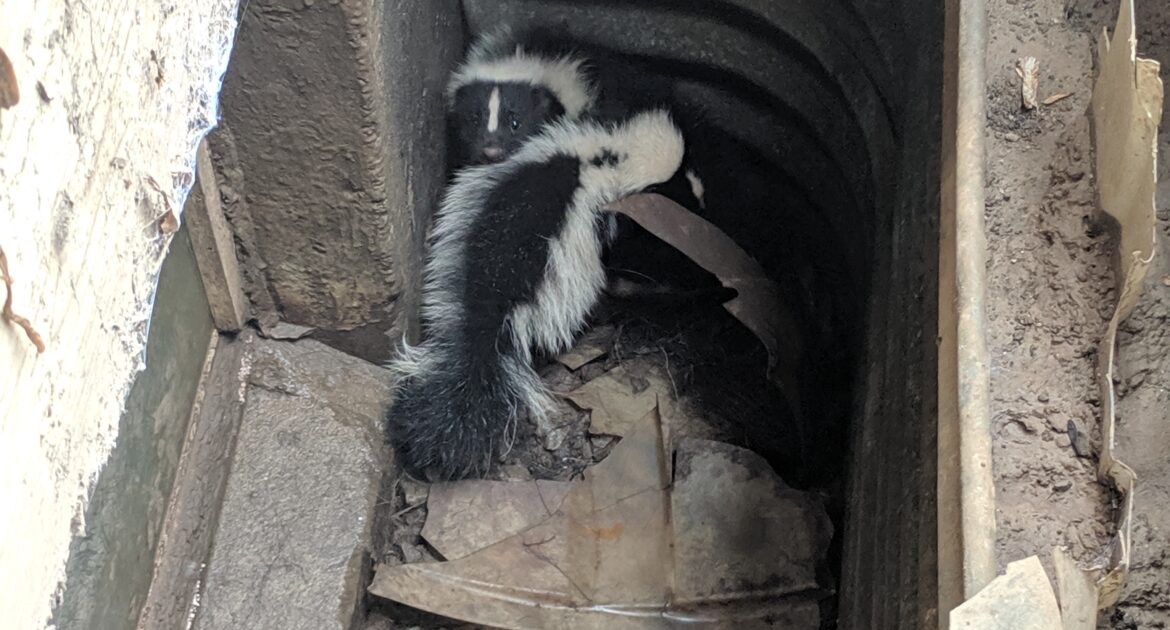Fall is a busy season for wildlife. Birds start making the migration trek, bears begin their long sleep, and other animals begin looking for safe areas to shelter in place until winter blows over and it is spring once again. For wildlife, much of the fall is spent hoarding food and looking for safe places to sleep. Find out where wildlife goes in the winter, how you can monitor what’s happening during the fall season, and who to call for wildlife removal in Pickering.
Where Wildlife Goes in the Winter
Not every animal has the same routine once fall arrives. It is accurate that a biological clock starts ticking to let all wildlife know that time is of the essence to get their particular jobs done before the weather changes and conditions are dangerous for survival. Otherwise, each creature has a unique winterization method, just like people buy different coats or spend their winters in warmer countries.
Migrate
Birds aren’t the only animals that migrate, but they are likely the only animals you will be observing during their winter migration from your backyard. Some birds fly solo, some in small groups, and some in entire flocks. You may not have known that not every bird migrates.
Hibernate
More animals than just bears set up long sleepy camp for winter. A selection of birds, lizards and frogs, rodents, snakes, and even ladybugs participate in the big sleep. In the fall, these creatures eat extra to add body fat to help them slowly burn calories while they sleep and protect themselves from the cold. They will begin gathering nesting materials and piling them in a safe place for their winter nap. Animals will also store extra food to eat later in the winter.
Shelter
Other animals don’t exactly hibernate. Depending on the creature, they enter a state of inactivity during winter called dormant, torpor, or diapause. During this state, animals will take shelter in the safest place they can and ride out the cold weather by whatever means necessary.

Where Wildlife Shelters in Place
Not everyone flies south or burrows deep in a bear cave; some animals have to be more creative to get through the cold winter months.
Trees
Tree shelter animals will burrow in or hang upside down in hollowed-out nooks inside of trees. Some parasites live inside the actual fungal galls that form on the tree branches. Other animals can dig a little deeper under strong root structures and make small burrows that keep them safe from elements and predators.
Structures
Animals want to keep their food safe and find shelter for themselves at any cost. It may not always be the brightest. In North Dakota, USA, a man claims that a squirrel fills his truck with over 42 gallons of black walnuts every few years during the fall season. It just illustrates that any structure will do: a car, a shed, a doghouse, or a chicken coop are all fine places for nesting wildlife to set up shop for winter.
Houses
Unfortunately, your home is also a structure that is likely a worthy target of any animal seeking shelter for the upcoming winter.
Where Wildlife Leaves Clues in the Fall
To prevent unwanted visitors inside your home, you must know the signs to look for wildlife nesting near your home during the fall months. Identifying signs of nesting early will give you time to call professional and humane wildlife services to start the removal process. Keep your eyes peeled for the following signs of animals nesting:
- Droppings
- Overturned trash
- Nesting
- Footprints
- Scratch marks
- Piles of food
- Rustling in bushes
- Actual sightings
Due to the dangers involved with wildlife, don’t handle the removal process on your own. Contact Skedaddle Humane Wildlife Control for wildlife removal in Pickering this fall.




